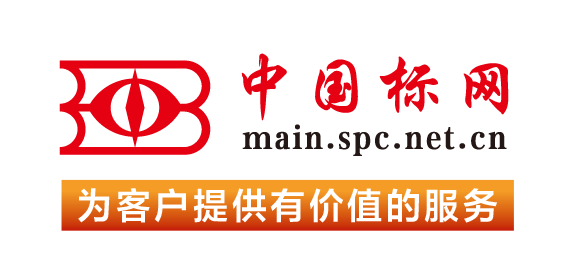Scope. This guide is based on the knowledge and experience of manufacturers, researchers, and end users of nonceramic insulating products that are electrically stressed in outdoor environments. The guide discusses the characteristics of nonceramic materials that are needed for long-term reliability in these applications. The guide makes recommendations for principles of evaluation and tests used in the screening and selection of materials. The judicious use of this guide will significantly… read more improve the probability of success in the applications selected. However, it should be recognized that the application on nonceramics to outdoor electrical insulation is an extremely demanding and complex problem. In any specific application, judgment and experience is required to analyze and balance the many tests and characteristics which are discussed to obtain satisfactory performance and reliability. Since the primary objective of accelerated aging is the prediction of material performance prior to its application and the development of an actual service history, accelerated aging tests should, within a short time, attempt to duplicate the effects of long-term exposure in the field. Extreme reductions in the time to failure are accomplished by increasing the intensity of one or more of the destructive forces of normal operation. For example, increased electrical stress, higher temperature, water immersion, or intense ultraviolet rays, are often used. The acceleration in the time base depends on the type of accelerated aging performed and can vary from a factor of 10 to 350 (1000 h vs 40 yr). read less
定价: 元 加购物车
This recommended practice explores commercial, institutional, and industrial design of electrical services, interconnecting with a utility distribution or transmission system. Close coordination between the facility electrical designer and the serving utility are critical for a successful service connection. This recommended practice considers the electrical system information needed by the designer concerning the utility's system characteristics and the electrical load information needed by… read more the utility to design a satisfactory electrical interface between the serving utility and the premise electrical distribution system. It describes various ways to take power from the serving utility. It also covers the specific requirements for utility metering on service entrance equipment, as well as service equipment rooms, vaults, and pads. read less
定价: 元 加购物车
The general information in this guide is intended to assist in evaluating the effect of solar radiation on outdoor metal-enclosed switchgear, and is, for example, applicable to outdoor metal-enclosed circuit breaker power switchgear, metal-clad switchgear, metal-enclosed interrupter switchgear, metal-enclosed gas insulated switchgear, control switchboards, metal-enclosed bus, and pad-mounted switchgear. Specific data are given in current-temperature relationship, and tabulation form for its… read more application to outdoor metal-enclosed low-voltage power circuit breaker switchgear, outdoor metal-clad switchgear, and outdoor metal-enclosed interrupter switchgear. read less
定价: 元 加购物车
The general information in this Guide is applicable to all forms of outdoor metal-enclosed switchgear. Specific data are given in Fig. 2 for outdoor metal-clad switchgear.* The many combinations of sizes and ratings in similar housings make it impracticable to provide equivalent information for outdoor low-voltage metal-enclosed air circuit-breaker switchgear. Data are not yet available for specific recommendations for other switchgear equipment or components.
定价: 元 加购物车
This guide identifies the mechanisms and analytical approach for ac interference effects on conductive linear facilities due to the operation of co-located electric transmission lines. The common mechanisms for ac interference, including magnetic inductive coupling, capacitive coupling, and conductive voltage transfer through soil are discussed. Included are general guidelines and considerations for performing detailed ac interference analyses, with sections specific to the analysis of co-… read more located pipeline and railroad facilities. This guide does not dictate specific compliance limits, direct when an ac interference analysis must be performed, or cover other issues that may need to be considered in joint-use corridors, such as effects due to lightning striking the line or dc corrosion on structures. read less
定价: 元 加购物车
This recommended practice covers the evaluation of the electrical service requirements of industrial and commercial power systems. It describes various ways to take power from the serving utility (e.g., radial, loop). It then covers the specific requirements for service entrance equipment, as well as service equipment rooms, vaults and pads, and other ways of connecting to the utility's service point. Special application requirements are also discussed.
定价: 元 加购物车
 我的标准
我的标准 购物车
购物车 400-168-0010
400-168-0010











 对不起,暂未有相关搜索结果!
对不起,暂未有相关搜索结果!













